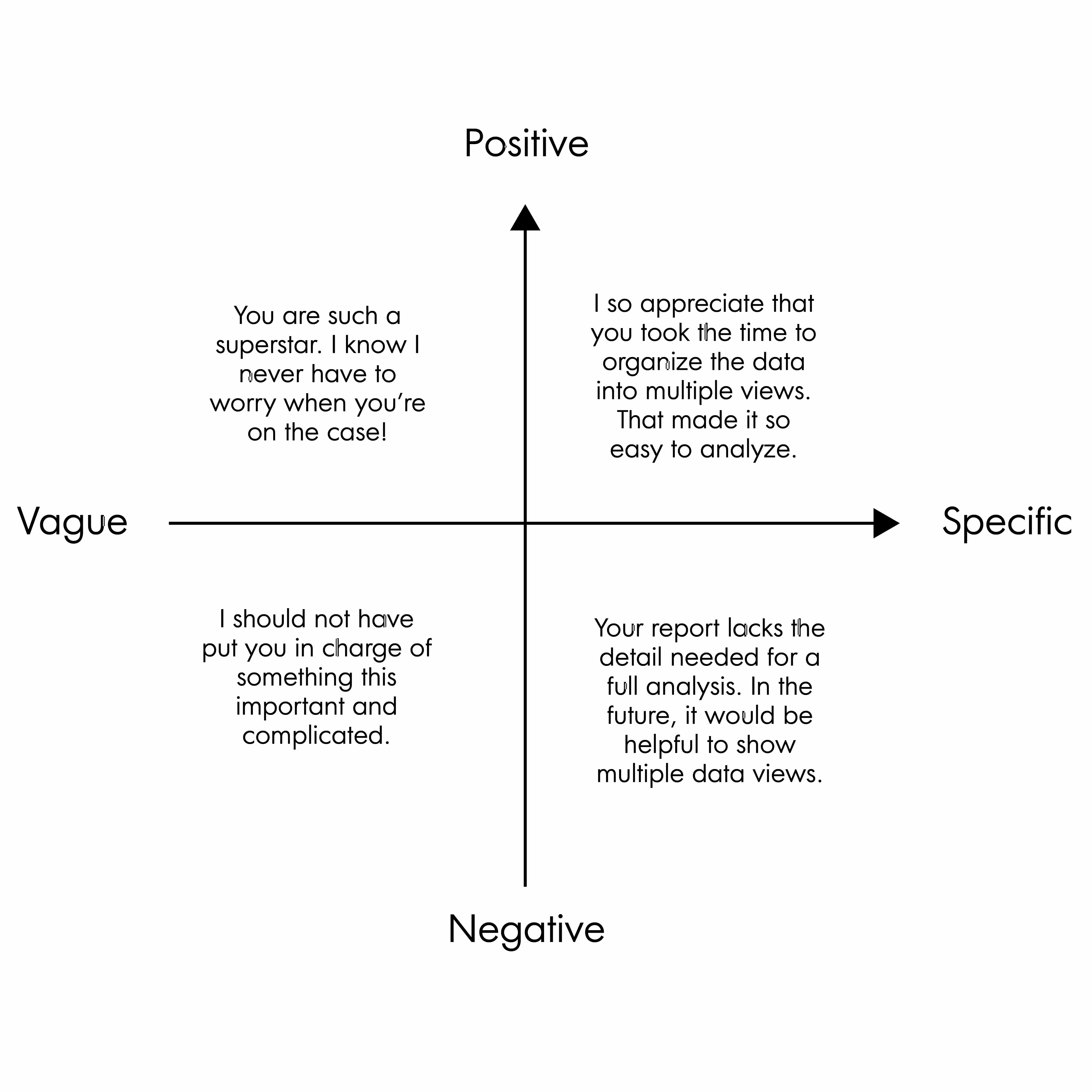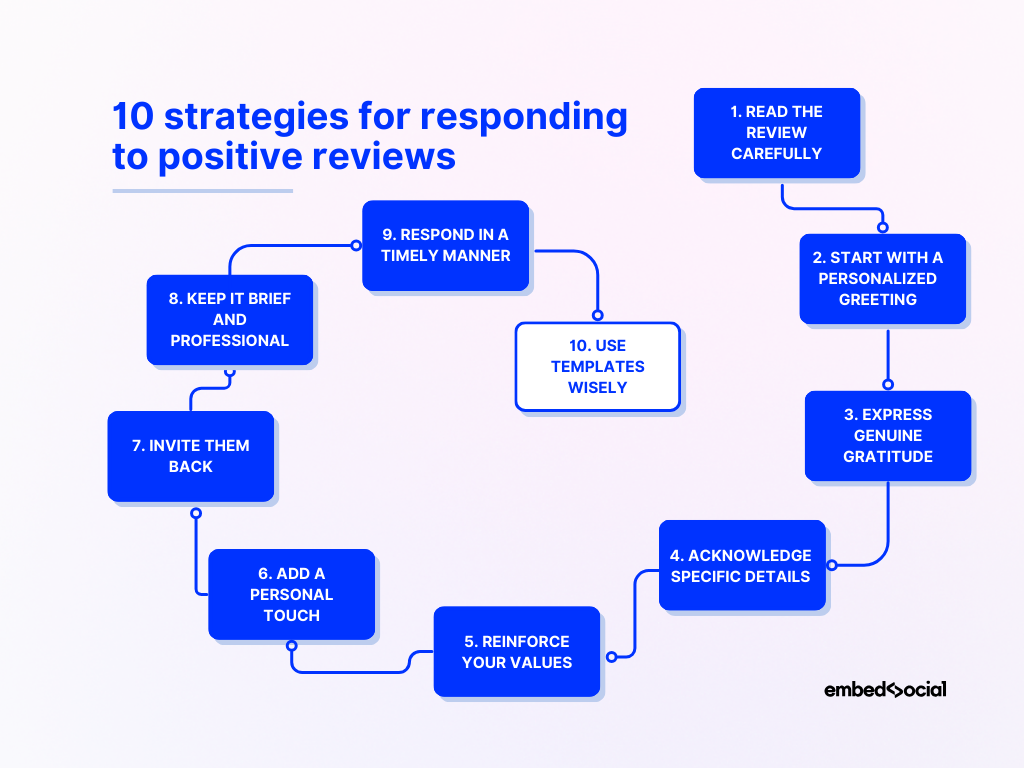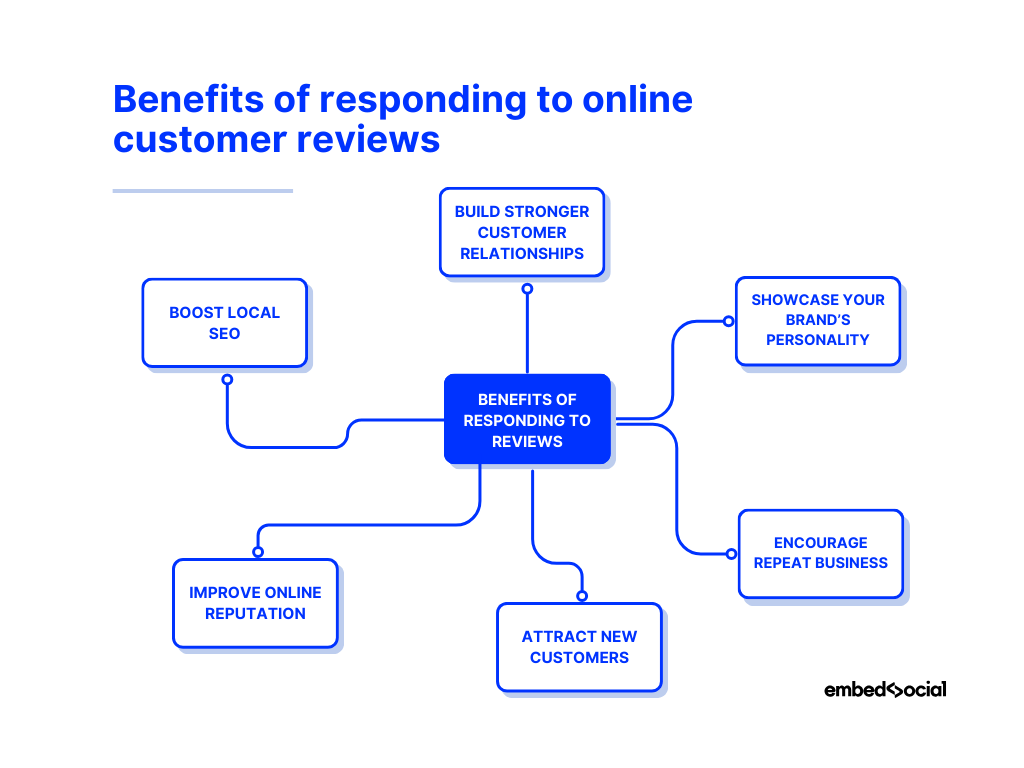Creating an effective Review Response Framework involves developing templated responses tailored to common review scenarios, combined with personalization techniques to ensure authenticity and brand alignment.
Key Components of a Review Response Framework
-
Core Template Categories
Develop templates for at least these scenarios:- Positive reviews: Express gratitude, reinforce positive feedback, and invite further engagement.
- Neutral reviews: Acknowledge the feedback, clarify details if needed, and encourage ongoing dialogue.
- Negative reviews: Apologize sincerely, commit to resolving issues, and offer clear next steps for resolution.
-
Template Structure and Setup
- Create modular response assets such as Greeting, Value Statement, Sentiment Keyword (positive/negative), and Closing components.
- Use a centralized system or reputation management tool to store and manage templates for easy access and consistency across responders.
-
Personalization Tips
- Always use the reviewer's name and reference specific details from their review to avoid robotic or generic replies.
- Respond promptly, ideally within 24 hours, to show attentiveness.
- Align tone with your brand voice—professional yet friendly and empathetic.
- Customize templates by adding personal touches, such as mentioning the specific product or service the reviewer referenced.
-
Tone and Language
- Maintain a balance between professionalism and warmth.
- Avoid typos and grammatical errors to uphold credibility.
- Use empathetic language especially in negative review responses to diffuse tension and demonstrate commitment to customer satisfaction.
-
Examples of Personalization
- Template: “Hi, [Name]. Thank you for your feedback.”
- Personalized: “Hi, Sarah! Thank you so much for your kind words about our new vegan dessert options. We’re thrilled you enjoyed them and look forward to your next visit!”
-
Use of AI and Automation
- AI can generate initial drafts based on review content, but human review is essential to inject brand personality and personalize responses before publishing.
Practical Steps to Build Your Framework
- Define your brand voice and messaging guidelines to ensure consistency.
- Develop and categorize templates for different review sentiments and scenarios.
- Train your team on how to select and personalize templates effectively.
- Implement tools to centralize template storage and streamline response workflows.
- Monitor and analyze responses to refine templates and improve customer engagement continuously.
By combining well-crafted templates with thoughtful personalization, your review responses will build trust, enhance customer relationships, and strengthen your brand reputation efficiently and authentically.





